‘Bosque da Ciência’ celebrates 30 years of commitment to science in the Amazon
01 de April de 2025
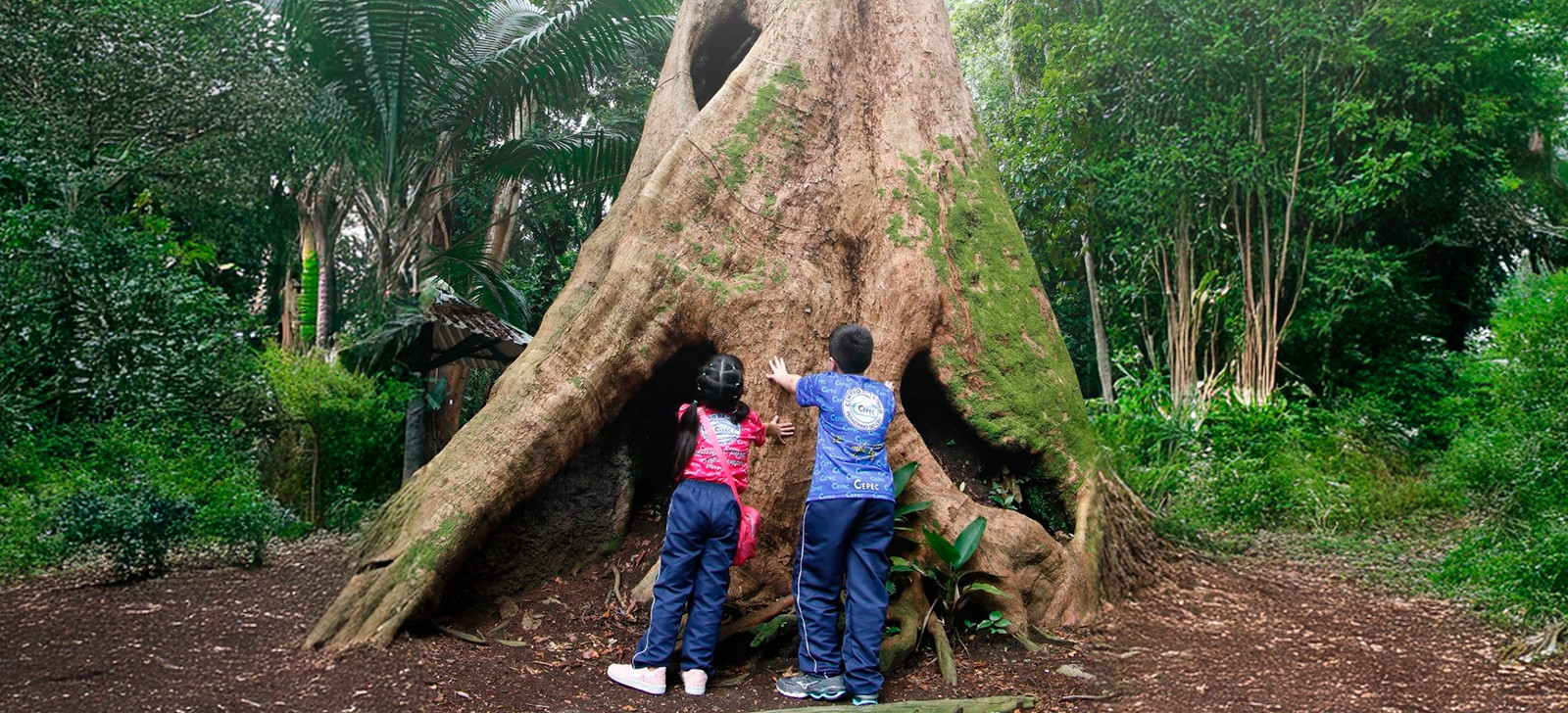
By Letícia Misna – From Cenarium
MANAUS (AM) – On 1st April 1995, the Bosque da Ciência (Woods of Science, in free translation) was inaugurated, an area that the National Institute of Amazonian Research (Inpa) opened so that the public could have access to what the organisation produces: science. In 2025, the place celebrates 30 years since its opening, and its current coordinator, Jorge Lobato, shared with CENARIUM a bit about the history of the creation of the space.

According to Lobato, in the early 1990s, Inpa received a donation from the Navy of a 13-hectare area in the Petrópolis neighbourhood, in the southern zone of Manaus. In the past, the land was used for logging to produce charcoal.
“That was the starting point for consolidating an area that was being degraded, mainly due to the favelization process in the region. The invasion by adjacent residents was constant,” said the coordinator.
Jorge Lobato explained that, initially, researcher Juan Revilla’s idea was to create a Botanical Garden in the location. The then-president of Inpa at that time, José Seixas Lourenço, liked the initiative but wanted something different.
“The idea was to create a large open-air museum. No zoos or anything too similar to what already existed in Manaus. So, the concept of establishing a major scientific dissemination project for the institute arose,” he said.
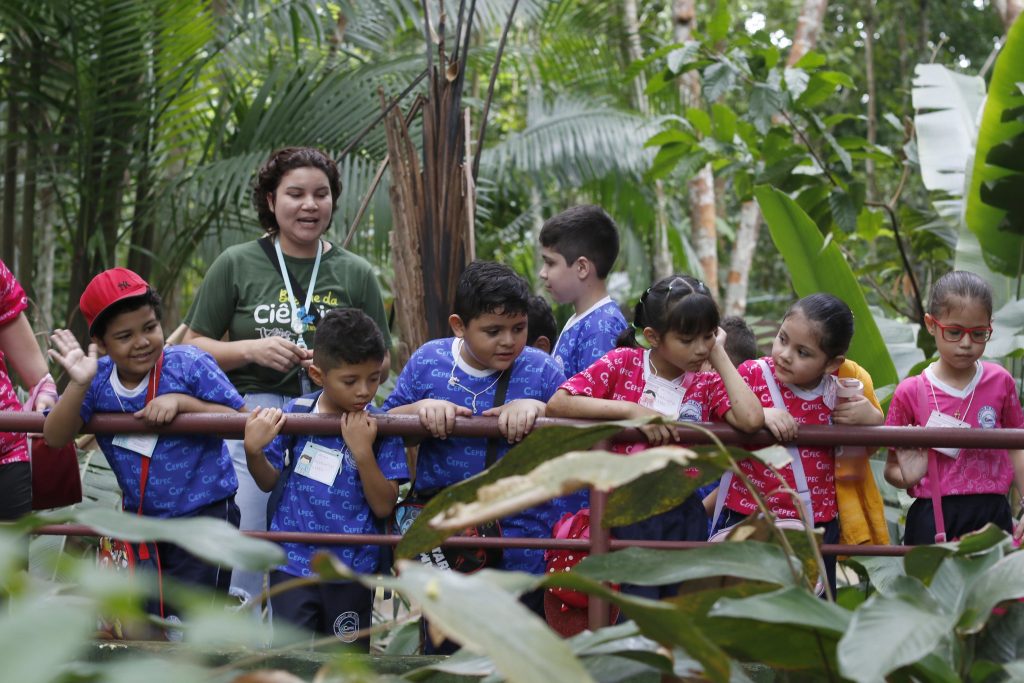
At the same time, the Pilot Programme for the Protection of Tropical Forests in Brazil, also called “PPG7” (as it was created during a G7 meeting), required centres of excellence to create policies for disseminating scientific knowledge, further strengthening the birth of the Bosque of Science.
“It took almost three years to structure a scientific dissemination project for Inpa. So, the Bosque was born this way, from minds, from the contributions of various people,” highlighted Jorge Lobato.
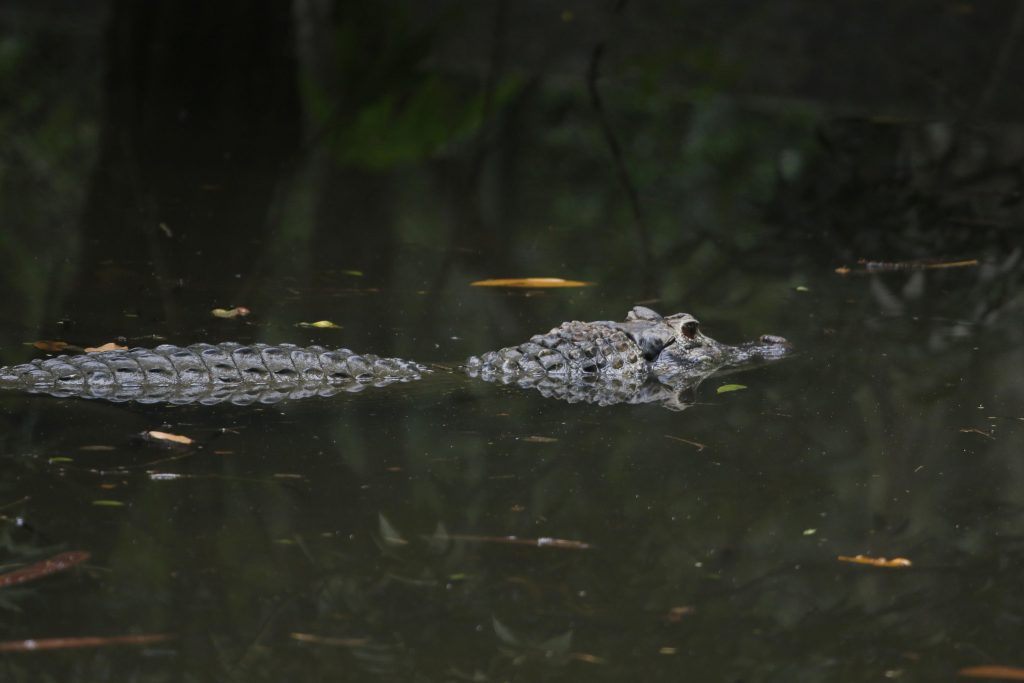
Science and society
For the coordinator, who has been part of the process from the beginning, the initiative was something noble, as at that time, the socialisation of knowledge and the dissemination of science were still seen by the scientific community as “a very strange thing.”
“It was difficult to convince a doctor, a PhD, to understand that they could contribute, that they could communicate, especially with laypeople, with children. From that moment on, Inpa broke down these walls, opening up so that people could become integrated into everyday life. Inpa started to be accountable to society for what it does in science and technology in the Amazon,” he emphasised.
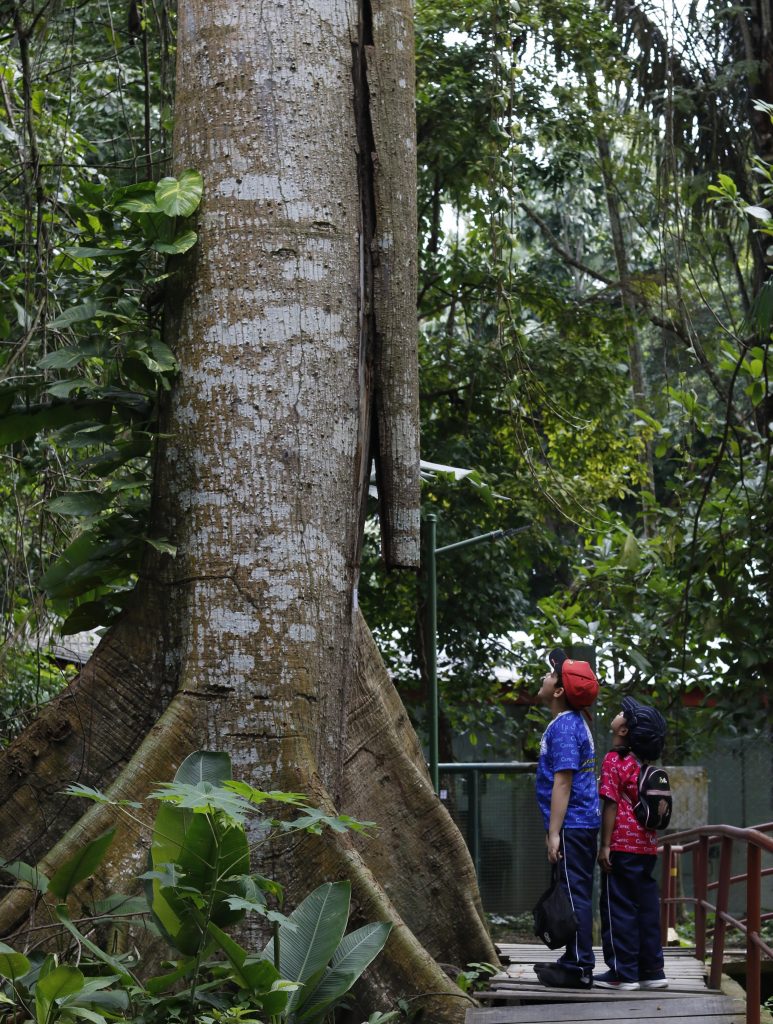
Jorge Lobato also highlighted that the biggest tool the institution uses is called “popularisation of science,” and that the place is no longer “Inpa’s Bosque“ but the “Bosque of Manaus, of Amazonas, of the Amazon.”
Celebration
Currently, the Bosque da Ciência‘s itinerary includes the House of Science, Science Barn, Tanimbuca Island, Wooden House, Amazonian Lake, manatee tanks, giant otter enclosure, suspended trail, alligator enclosure, agroforestry trail, bee condominium, free fauna, and more.
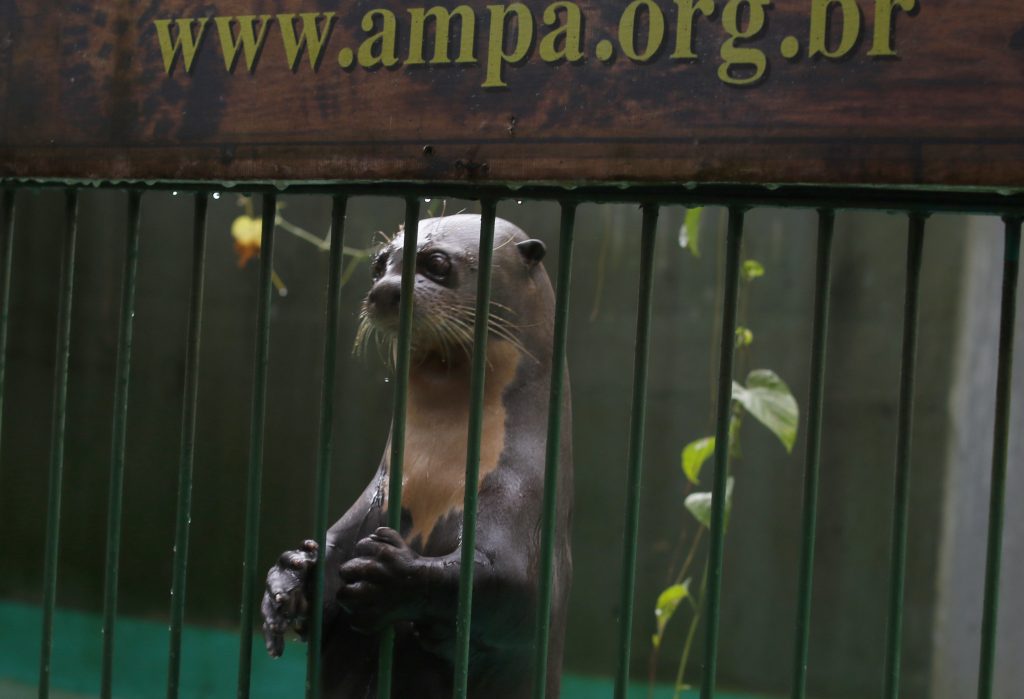
Over these three decades, visiting the manatees (Trichechus inunguis) has become one of the site’s main attractions, having welcomed at least 2 million people.
“Most visitors come to see the manatee. Many people gather near the tank glass. These visitors ask many questions and show great interest in them,” commented Antony Rodrigues Filho, a veterinarian from Inpa’s Department of Aquatic Biology, responsible for the Bosque da Ciência’s manatees for 11 years.
Antony is also part of the Association of Friends of the Manatee (Ampa), created in 2000 and operating in partnership with Inpa. The project fights for the protection and conservation of Amazonian aquatic mammals. Despite having “manatee” in its name, Ampa also assists river dolphins, giant otters, and otters.
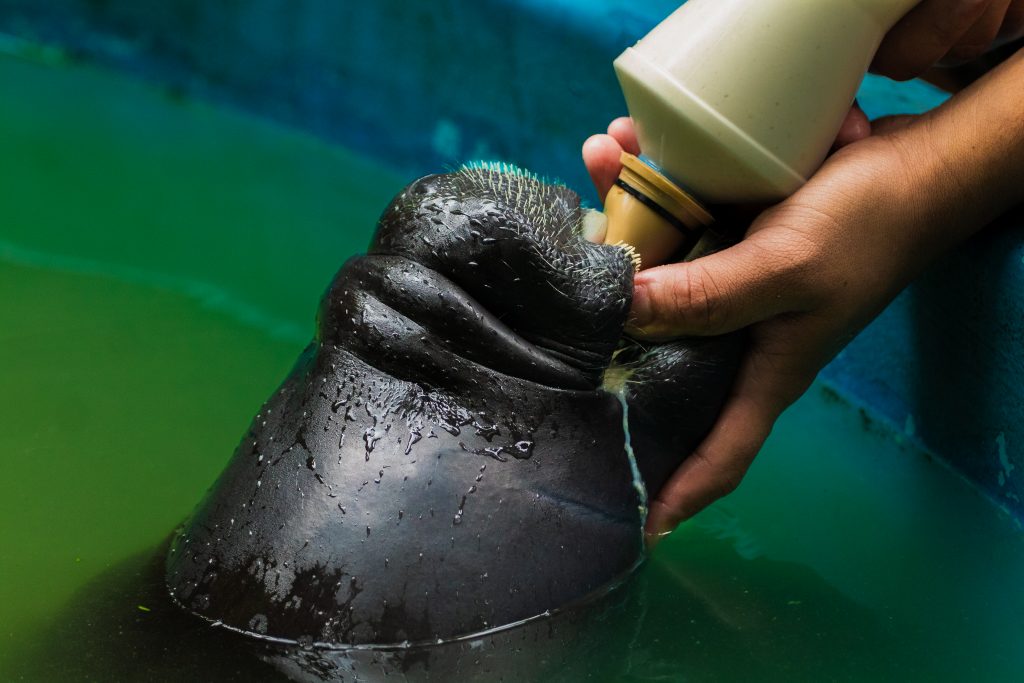
Rescue and release
Working with the species since 1974, Inpa created the first facilities for rehabilitating Amazonian manatees two years later, in 1976, at the Laboratory of Aquatic Mammals (LMA). Since then, the sector has focused on locating injured or vulnerable animals in their natural habitat (mainly due to illegal hunting), treating them, and returning them to the wild.
“When they arrive, they undergo clinical and physical examinations, and if any abnormalities are identified, they are treated. This is the rehabilitation phase, both nutritionally and for any diseases. The animals are monitored here until the day of their release,” said the veterinarian.
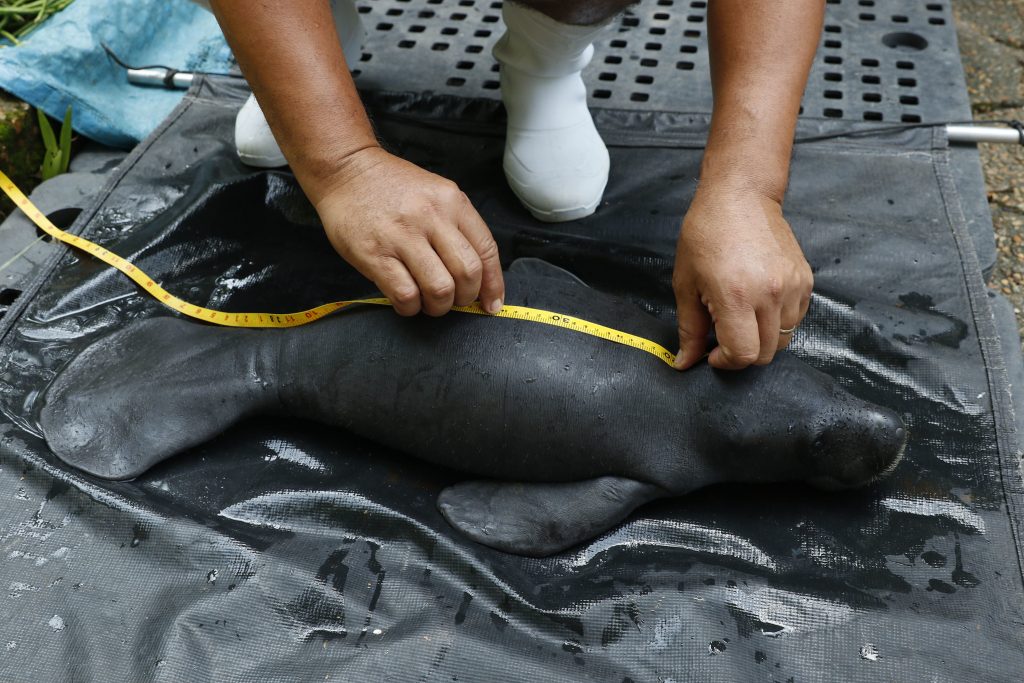
For this return to occur safely, Antony explained that, besides being healthy, the animal needs to exhibit defensive instincts, as having a gentler personality can hinder its survival in the wild.
Over the years, more than 40 animals of the species have been reintroduced into nature. Currently, 68 are under Inpa’s care. “It is gratifying when we follow an animal from infancy. Many arrive here as newborns, and we manage to reintroduce them into nature. We feel a sense of duty fulfilled,” reported the doctor.
Gardener of the Amazon
Antony also explains that the primary objective of LMA and Ampa is the preservation of the species. Considered the “gardener of the Amazon,” one of the manatee’s main functions is spreading the seeds of fruits they consume within the region’s ecosystem.
“The manatee is a species of great ecological importance. It acts as a seed disperser, controls river vegetation, and is an indicator of suitable fishing areas. Where there are manatees, there is food,” he commented.

30 years of science dissemination
For the 30th anniversary of the Bosque da Ciência, Inpa has prepared a special programme so that society, its primary reason for existence, can celebrate together. Between 2nd and 6th April, the space will offer more than 50 activities open to the public, such as exhibitions, workshops, lectures, guided tours, games, and much more.
“We invite the Amazonian society in general, both those who have never been and those who are already familiar with it, to attend this event. It will be a fantastic event, carefully and dedicatedly planned by the people involved. Come see the manatee. Come and learn more about this landmark in the city of Manaus,” invited Antony Rodrigues Filho.
The Bosque da Ciência is located on Avenida Bem-Te-Vi, Petrópolis neighbourhood, southern zone of Manaus. Regular visits can be made from Tuesday to Sunday, from 9:00 am to 4:30 pm. Access is free but must be pre-scheduled via the website https://bosquedacienciaam.wixsite.com/agendamento.

